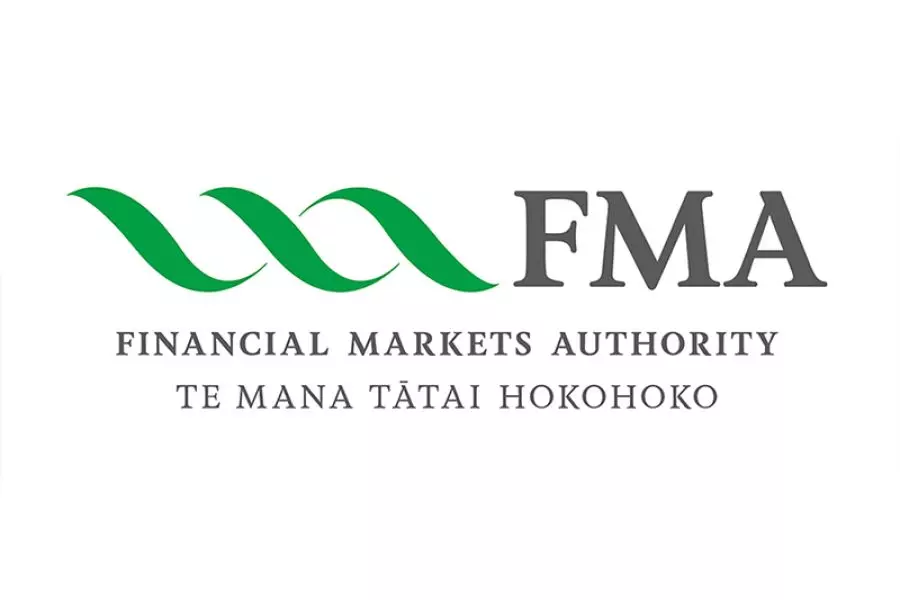News
Fixed term tenancies most popular

Wednesday 30th of November 2016
According to Barfoot & Thompson’s data, fixed term tenancy agreements accounted for 51% of tenancy agreements in 2016.
Traditionally, periodic tenancies have been more popular in the Auckland market and this is the first time that fixed term agreements have surpassed them.
Barfoot & Thompson director Kiri Barfoot said the growing numbers of people living in rental...
Want to read the full article?
Click the button below to subscribe and will have unlimited access to full article and all other articles on the site.









![[The Wrap] Bye Bye Bayly](https://goodreturns.publit.io/file/c_fill,w_900,h_600/39f23ac1-f7c7-4854-b700-a150004ebbac.webp)